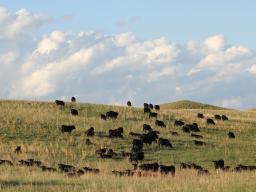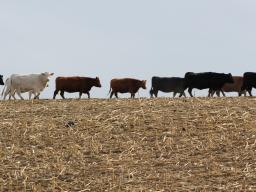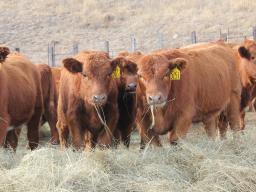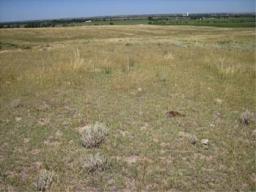 The USDA Risk Management Agency is offering the Pasture, Rangeland, Forage (PRF) Insurance – Rainfall Index program for the 2018 crop year. Purchasing this insurance can help producers mitigate the financial impact of reduced forage production from drought. The Rainfall Index model is based on wea Continue reading…
The USDA Risk Management Agency is offering the Pasture, Rangeland, Forage (PRF) Insurance – Rainfall Index program for the 2018 crop year. Purchasing this insurance can help producers mitigate the financial impact of reduced forage production from drought. The Rainfall Index model is based on wea Continue reading…
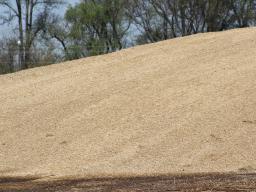 Silage time has arrived for many producers. Some producers have been forced to put up silage due to hail but many are considering silage over grain based on economical beef production when feeding silage. Here are some key considerations for beef producers to consider before and during use of silage Continue reading…
Silage time has arrived for many producers. Some producers have been forced to put up silage due to hail but many are considering silage over grain based on economical beef production when feeding silage. Here are some key considerations for beef producers to consider before and during use of silage Continue reading…
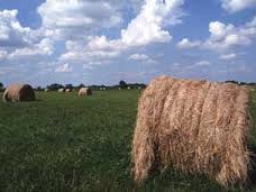 An economic analysis of annual cow costs in Nebraska shows that feed cost represents approximately 40-70% of all costs when labor and depreciation are included. An economic analysis values owned pasture and raised feed at market value. The cows are asked to pay fair market value for both grazed an Continue reading…
An economic analysis of annual cow costs in Nebraska shows that feed cost represents approximately 40-70% of all costs when labor and depreciation are included. An economic analysis values owned pasture and raised feed at market value. The cows are asked to pay fair market value for both grazed an Continue reading…
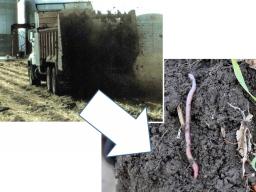 If manure increases formation of larger (macro) and more stable soil aggregates (see Figure 1: http://go.unl.edu/t0n0), several benefits may result for fields fertilized by manure compared to commercial fertilizer including:
If manure increases formation of larger (macro) and more stable soil aggregates (see Figure 1: http://go.unl.edu/t0n0), several benefits may result for fields fertilized by manure compared to commercial fertilizer including:
1) Reduced runoff and soil erosion;
2) Increased water infiltration into t Continue reading…
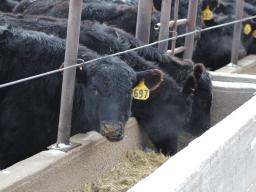 Proper bunk management is the art of matching feed deliveries to the amount of feed cattle need for optimal performance. Underfeeding cattle results in poor gains and feed efficiency, longer days on feed, and reduced carcass quality. On the other hand, putting more feed in front of cattle than they Continue reading…
Proper bunk management is the art of matching feed deliveries to the amount of feed cattle need for optimal performance. Underfeeding cattle results in poor gains and feed efficiency, longer days on feed, and reduced carcass quality. On the other hand, putting more feed in front of cattle than they Continue reading…